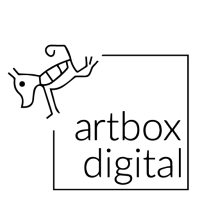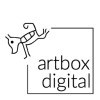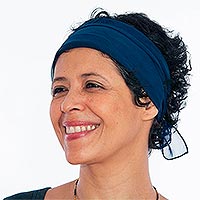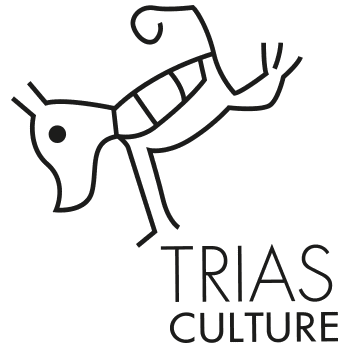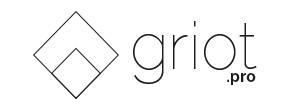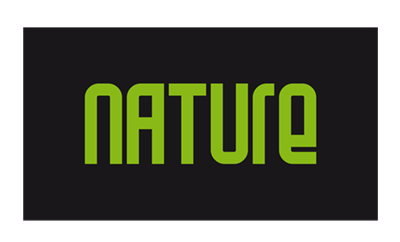
December 13th & 14th, Nathan Gates, winner of the Africa ArtBox 2017 Award, will be in Dakar to share the fruits of his residency – laboratory in the Colombian capital.
After two months of work, the South African artist Nathan Gates, winner of the Africa ArtBox competition, has completed his creative residency in the Colombian capital, at the headquarters of Plataforma Bogotá.
This Nathan Gates residency as a 2017 competition prize was a hybrid experience combining a personal creation process with a collective laboratory, leading the artist to open his own process to Colombian artists.
The focus of this experiment was put on the possible dialogues between the artist and the environment of reception (the city of Bogotá) and the collaborative and multidisciplinary work with other creators, starting from his personal project.
During the workshop, three new projects were proposed by the participants. All these projects as well as the individual work of Nathan Gates were presented at the Plataforma Bogotá headquarters in June 2018.
The exhibition was preceded by an exchange between Nathan Gates and Maria Luisa Angulo, Director of TRIAS CULTURE, offering the opportunity to share with the public the experience of this African Award and to begin a dialogue between Africa and Latin America.

In this interview, the South African artist shares with us his experience:
Can you tell us about the experience of this residence in Bogota? What are your conclusions after almost two months of residence in Bogotá?
It has been a really incredible experience. I´ve been fortunate to live in the city for two months which meant I could get an understanding of living in the space.
I have met really amazing people in the process and made what feels like lasting relationships with them.
For me I can see a lot of parallels between Bogotá and Johannesburg regarding art and technology practices and operating within these spaces. As well similar and different approaches to these situations which I can learn from and share.
What is important for me at this point is to foster the dialogue and relationships that have been established in this period and see where they can grow.
Can you tell us about the laboratory, how it was developed, what are the results?
The laboratory came out of a proposal I originally put forward for my Africa Art Box Award application. This proposal was for the development of an electronic device that functioned as a thinking-tool that could help in understanding, and engaging the material dimensions of the internet that are not present in its everyday. For the Lab I took this idea of the thinking tool and reworked it to better suit group work, as a large challenge of the workshop was finding a way to share my thinking process and practice with the participants.
So the thinking-tool functioned as a way to allow participants to physically engage with the network as a material entity, and then served as a base which they could remix and begin incorporating it into their own research interests.

Can you tell us about your personal work created in residence?
The first device I put together was the thinking-tool object. This device served to frame the process and was used to generate further research into this space. This object consists of router to create a wifi network, which is battered powered and portable. On this open network there is a web server that is connected to a series of sensors that captures physical information about this object. This information – temperature, altitude, humidity, light level, orientation in space – is then used to affect the webpage served by the web server. So the information regarding the physical nature of the network is used to alter the browsing experience that this network enables.
This device is a starting point to experience the physical dimension of technologies more generally, which are played down in favour of a metaphorically rich design level view of technological systems i.e: the Cloud and considering at what cost this is done. The work is positioned as a thinking-device that assists in discussing the internet’s physical dimension and the role it plays in how information is shared and communicated.
The second device I began working on is a usb dongle prototype. The ability to access the internet in informal situations like in a park, on a bus, or on in the bathroom can create a belief in “The Digital” all-encompassing experience shared by all. This device serves as a reminder of the very physical infrastructure of internet that make this ´Digital´ experience possible. The device captures information about the informal situations in which you are accessing the network, a feat made possible by extensive material infrastructures, and incorporates it into the webpage you are viewing.
Is it that working in parallel with a group of artists during the laboratory has had an impact on your personal work created during the residency?
This has definitely had a impact on my work during this period and I think more in terms of process and less on the work itself. This process has been a good learning experience but also a challenge in how to share my working methods and interests with others, but in a way that is productive for them. Something I will take a way from this is focusing on how to open up the my practice to others in a way that enables them in engaging ´knowledge´ as a process of enquiry.
Knowledge production in all its forms has been important to my practice but it is the first time I´ve run a laboratory of this kind in which I´ve needed to literally include others in the process. I think I could engage that aspect further as it feels like it would be beneficial all around.
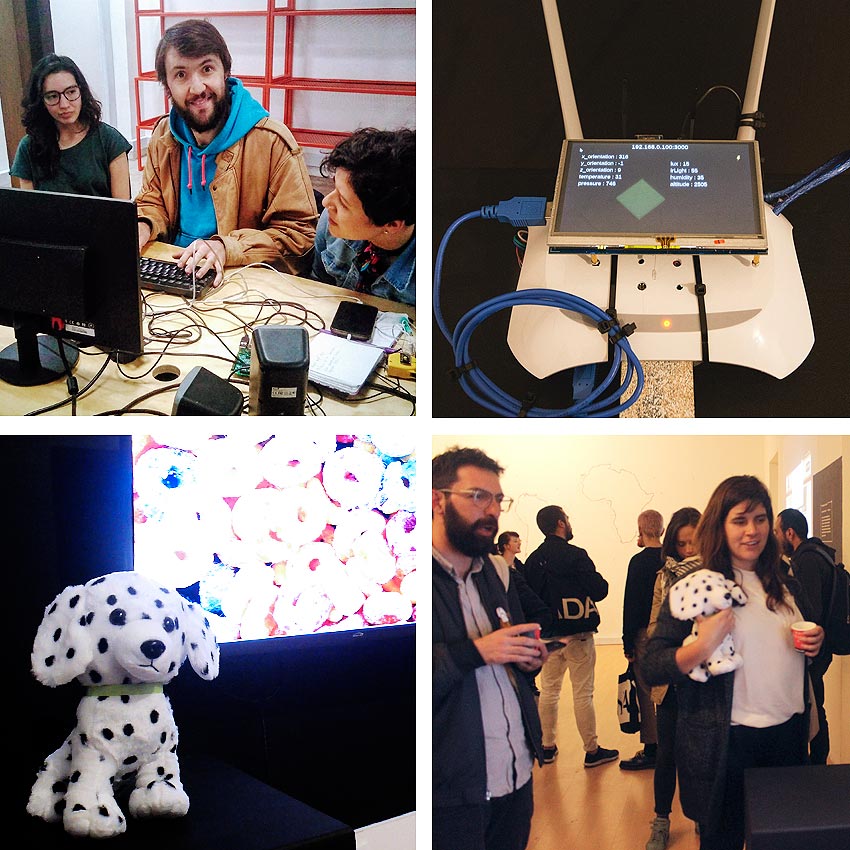
This experience has had future perspectives for your artistic work?
Yes, definitely. I know that I would like to continue the conversations begun during this period with the intention of producing new relationships, growing my practice and strengthening the exchange that was started here. I think figuring out this process in itself is a good start.
